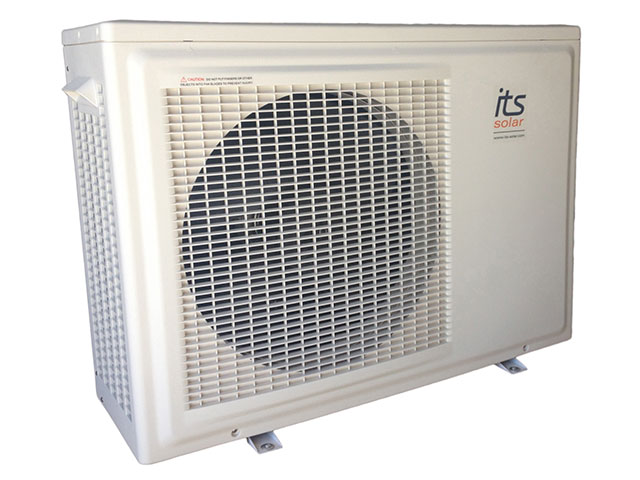ITS Heat Pump Error Codes & history
Founded in 2006 by electronic engineer Riaan Honeyborne, ITS Solar (also operating as ITS Heat Pumps & Solar) stands as one of South Africa’s foremost specialists in renewable hot-water technology. With headquarters in Strand, Cape Town, and a sister depot in Centurion, ITS leverages over 20 years of industry expertise in designing, manufacturing, and supplying advanced solar water heating systems and high-efficiency heat pumps .
ITS Solar has built an extensive reach across South Africa and neighboring countries through a robust network of franchises, agents, and technical service hubs—making it a leading provider of integrated energy-saving solutions for domestic, commercial, industrial, and agricultural sectors . This strong footprint is supported by a highly skilled workforce and broad partnerships with more than 350 companies, including retailers, Registered dealers( installers, Technicians / maintenance specialists) such as Elbik Air.
Below are some of the most popular its heat pump error codes and their meanings.

ITS Heat Pump Error codes
Models ITS-3.6HD, ITS-5.4HD, ITS-7.6HD & ITS-4.5HDP
Error code E05
*Gas high pressure protection
Error code E06
*Gas low pressure protection
Error code E09
*Communication failure
Error code E12
*Discharge gas temperature too high
Error code E15
*Tank temperature sensor failure.
Error code E16
*Evaporator coil temperature sensor failure
Error code E18
*Discacharge gas temperature sensor failure
Error code E21
*Ambient sensor failure
Error code 23
*Outlet water temperature too low protection.
Error code E27
*Water outlet temperature sensor failure.
Error code E29
*Suction temperature sensor failure
Error code E32
*Outlet water temperature too high protection
The history of heat pumps
Early Concepts:
The concept of heat pumps can be traced back to the work of Lord Kelvin (William Thomson) in the mid-19th century. He proposed the idea of using mechanical work to transfer heat from one place to another. However, the practical application of this concept would take some time to develop.
Sadi Carnot:
In 1824, French engineer Sadi Carnot laid the foundation for the thermodynamic principles that underlie heat pumps in his book “Reflections on the Motive Power of Fire.” His work on the Carnot cycle provided the theoretical framework for understanding how heat can be transferred using mechanical work.
Lord Kelvin’s Refrigerator
In 1852, William Thomson, also known as Lord Kelvin, designed the first known heat pump, which he called a “refrigerator.” It was based on his thermodynamic ideas but was not widely adopted at the time.
Development of Refrigeration:
: The late 19th century saw significant advances in refrigeration technology, which is closely related to heat pumps. Inventors like Jacob Perkins, Ferdinand Carré, and Carl von Linde made important contributions to the development of early refrigeration systems, which were essentially heat pumps operating in reverse.
Introduction of Freon:
In the early 20th century, the development of synthetic refrigerants like Freon (chlorofluorocarbon compounds) greatly improved the efficiency and safety of heat pumps and refrigeration systems. This led to the widespread adoption of refrigeration and air conditioning systems in homes and businesses.
Heat Pumps for Space Heating:
Heat pumps designed for space heating started to gain popularity in the mid-20th century. These systems could extract heat from the outdoor air or ground and transfer it inside to warm buildings. The 1940s and 1950s saw significant advances in this technology.
Geothermal Heat Pumps:
In the 1970s, there was a growing interest in more efficient and environmentally friendly heating and cooling systems. This led to the development of geothermal heat pumps, which use the stable temperature of the earth as a heat source or sink. These systems are highly energy-efficient and have gained popularity for both residential and commercial use.
Modern Heat Pump Technology:
In recent decades, heat pump technology has continued to improve, becoming more energy-efficient and environmentally friendly. They are widely used for both heating and cooling in homes and commercial buildings. The use of heat pumps has also extended to other applications, such as water heating and industrial processes.
